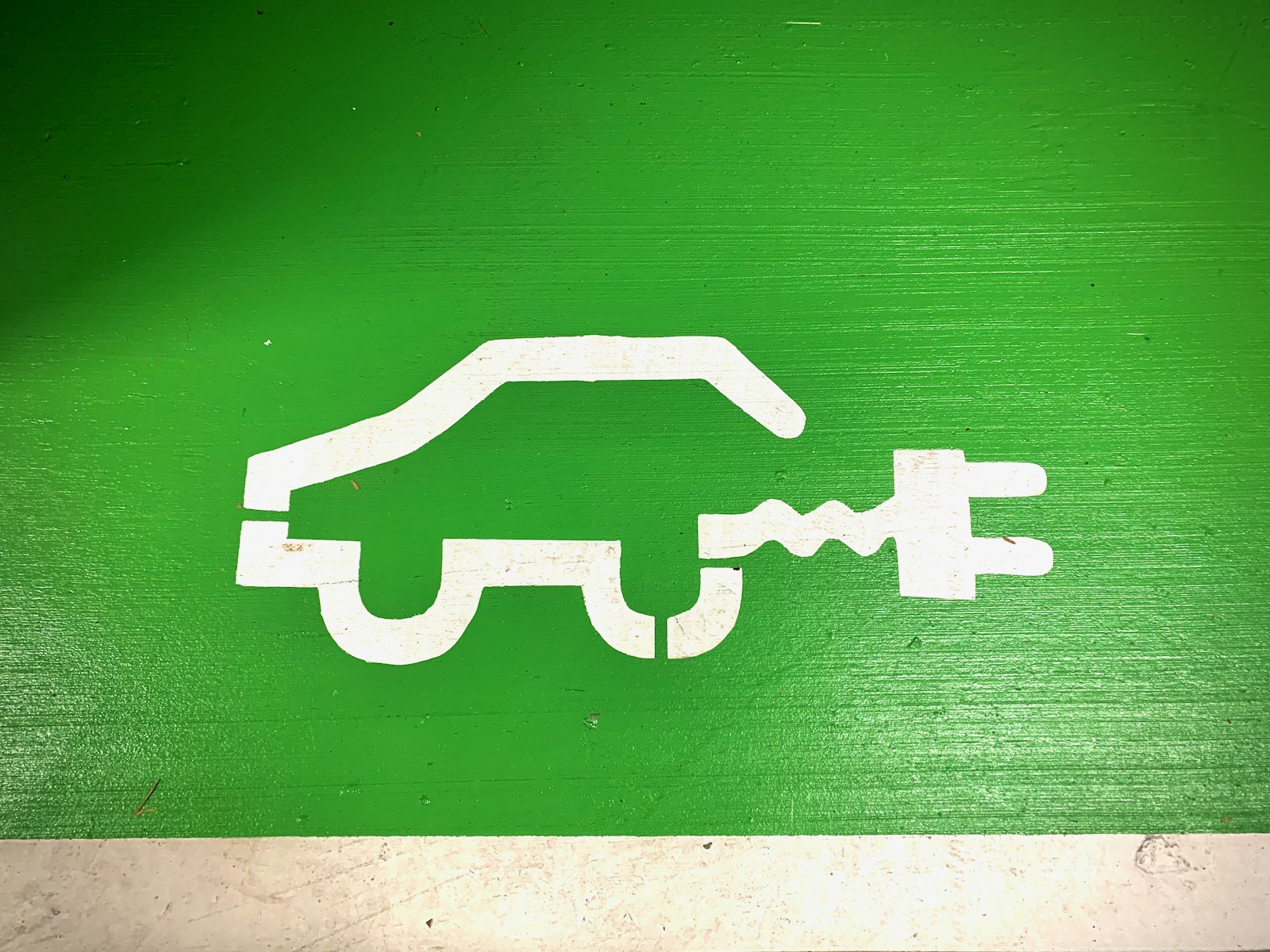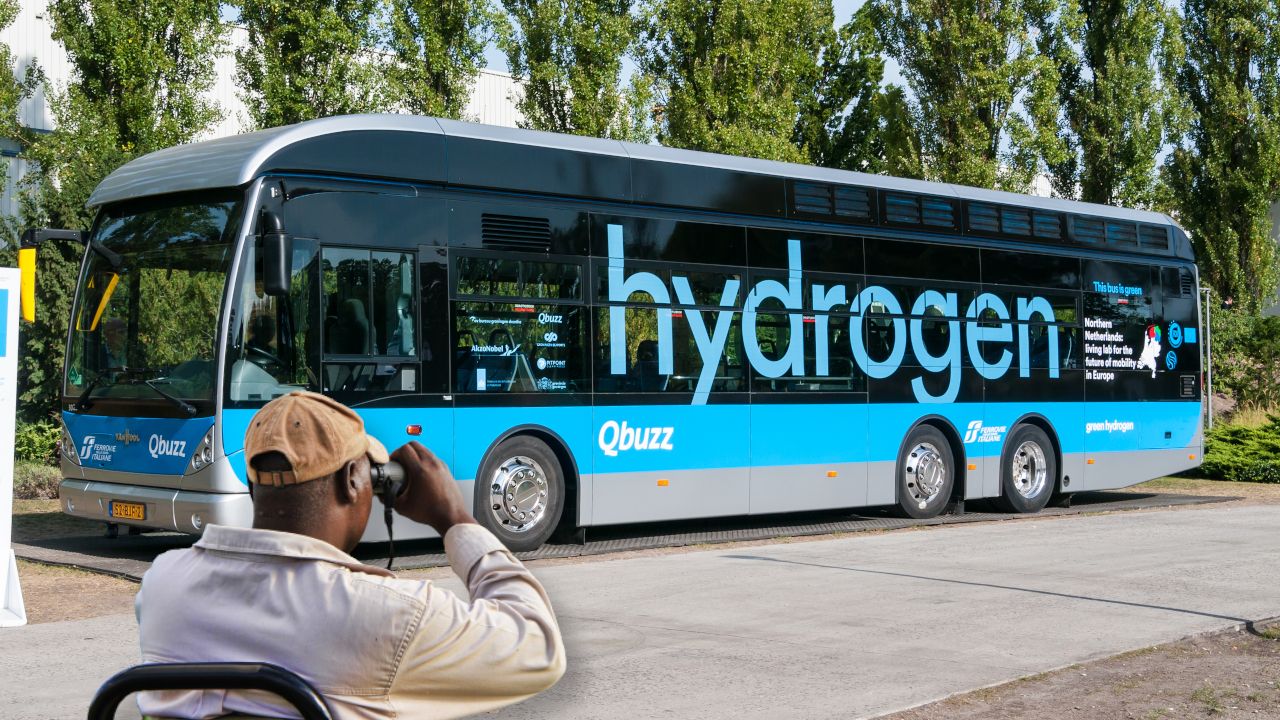
Restoring a classic car is a labor of love that ignites passion, demands skill, and tests patience. For countless enthusiasts, bringing an old vehicle back to life transcends a mere project; it becomes a deeply personal journey. It’s a way to reconnect with automotive history and marvel at the craftsmanship of a bygone era, breathing new life into a treasured piece of the past.
Yet, this rewarding path is often fraught with unexpected challenges. What many hopeful restorers quickly discover is that the reality of classic car restoration often requires significantly more time, money, and resources than initially anticipated. Hidden issues, unforeseen complications, and the sheer volume of work can quickly turn a dream into a financial strain, pushing budgets to their limits and projects into prolonged limbo.
Fortunately, much wisdom can be gained from the experiences of others. As Buckminster Fuller sagely noted, “If you can learn from mistakes, you’ll be smarter.” While our own errors are powerful teachers, learning from the missteps of fellow restorers usually comes at a far lower personal cost. By understanding the most common financial pitfalls and learning how to avoid them, you can ensure your restoration project not only preserves the car’s authenticity but also protects your investment and enhances its value for years to come. Let’s delve into these crucial lessons.
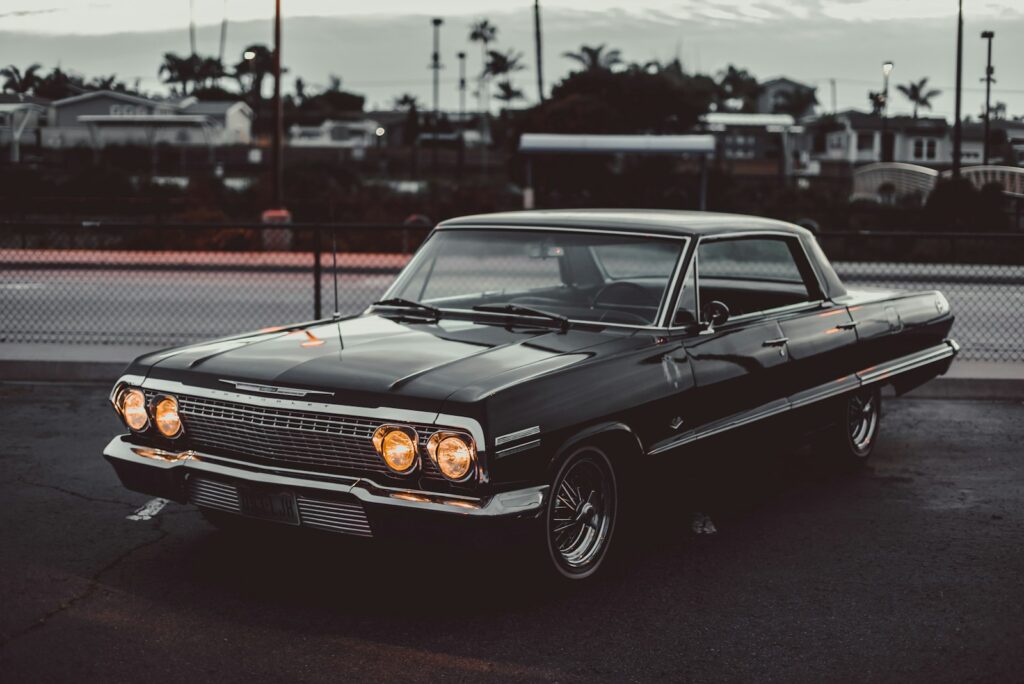
1. **Underestimating Costs**Underestimating costs stands as one of the most frequent and debilitating pitfalls in classic car restoration. This common error often leads to incomplete projects or forces restorers to settle for subpar results. The initial excitement of acquiring a classic can sometimes overshadow a realistic assessment of the financial outlay required to bring it back to its former glory.
Restoration projects, by their very nature, are notorious for demanding more time, money, and resources than anyone initially anticipates. What looks like a straightforward repair on the surface can quickly unravel into a complex and expensive ordeal. Hidden issues, such as extensive rust lurking beneath seemingly sound panels, worn-out components requiring specialized replacement, or the necessity for custom-fabricated parts, can rapidly inflate the budget beyond all original projections.
To safeguard your financial well-being and the integrity of your project, it is absolutely essential to realistically assess costs from the outset. This isn’t just about tallying up known expenses; it’s about anticipating the unknown. Seasoned restorers strongly advocate for setting aside a significant contingency fund, often suggesting an additional 20–30% of your estimated budget. This financial cushion acts as a vital buffer against unforeseen challenges.
Without such foresight, restorers often find themselves in a precarious position, facing financial strain and the difficult choice of either abandoning the project or cutting corners. When funds run dry, quality is typically the first casualty, leading to compromises in materials, workmanship, or crucial steps in the process. This undermines the entire restoration effort, often requiring costly rework down the line.
Therefore, understanding that restoration is an investment and budgeting accordingly prevents the need for these detrimental shortcuts. It allows for the project to be completed to a high standard, ensuring the final result not only meets but often exceeds your initial expectations, both in terms of quality and lasting value.
Read more about: Behind the Impasse: 12 Core Budget and Contract Challenges That Strain Film Production Partnerships

2. **Poor Planning**Jumping into a classic car restoration project without a clear and comprehensive roadmap is akin to embarking on a cross-country road trip without a map or GPS – it’s a recipe for disaster. Poor planning is universally recognized as one of the most common mistakes, leading inevitably to wasted time, unnecessary expenses, and profound frustration throughout the entire process.
Effective planning involves meticulously setting a realistic timeline, establishing a firm budget that includes contingencies, and compiling an exhaustive list of all required parts and tools. This foundational work helps define your restoration goals and outlines every necessary step to achieve them. Without these critical elements in place, the project quickly loses direction and becomes an exercise in reactive problem-solving rather than proactive progress.
The consequences of neglecting this crucial planning stage are immediate and detrimental. You might find yourself scrambling to source rare or specialized parts at exorbitant premium prices, purely because their need wasn’t identified early enough. This reactive approach inevitably leads to unexpected delays, disrupts the workflow, and can send your carefully considered budget spiraling out of control.
Proper planning, conversely, empowers you to prioritize tasks effectively and manage your resources with precision. It means mapping out every phase of the restoration: from meticulous disassembly and detailed bodywork, through mechanical rebuilds, paint application, interior refurbishment, and finally, reassembly. Keeping a meticulous checklist and maintaining organization is paramount; working randomly or without a clear sequence can easily lead to missteps that significantly slow down the entire build.
By diligently avoiding the mistake of poor planning, you establish a rock-solid foundation for a restoration experience that is not only successful in its outcome but also genuinely enjoyable in its execution. A well-planned project progresses smoothly, stays on track, and minimizes the financial and emotional toll, allowing you to savor the journey of bringing your classic back to life.
Read more about: The F-22 Raptor’s Resurgence: A Deep Dive into America’s Evolving Stealth Super Fighter
3. **Starting with the Wrong Car**One of the most profound financial mistakes a classic car restorer can make is starting with the wrong vehicle. It’s a common scenario: falling in love with a particular model that, upon closer inspection, turns out to be too rare, too rusted, or severely lacking in aftermarket support. This initial romantic attachment often clouds judgment, leading to a project that is far more challenging and expensive than anticipated.
The adage holds true: a car that is cheaper to buy due to extensive rust, numerous missing parts, significant collision damage, or extreme wear and tear will almost certainly be much more expensive and complex to restore. The perceived savings on the purchase price are quickly dwarfed by the astronomical costs of rectifying foundational issues, sourcing obscure components, and undertaking extensive structural repairs.
To prevent this costly misstep, it’s imperative to approach the selection process with practicality, not just passion. Savvy restorers advise starting with a model known for readily available parts and strong community support. Iconic vehicles like early Mustangs, Camaros, or Chevelles are popular choices precisely because of their widespread appeal and the robust aftermarket industry built around them. This accessibility translates directly into lower restoration costs and a smoother process.
Conversely, avoiding vehicles with severe, deep-seated rust, questionable titles, or major missing components (such as engines, transmissions, or unique trim pieces) is a golden rule. These issues are financial black holes, consuming disproportionate amounts of time and money that could be better spent on a more viable project. The sentimental value often pales in comparison to the financial and emotional drain of an insurmountable restoration.
Ultimately, if you cannot afford the nicest version of the car you desire, you will almost certainly struggle to afford the true cost of its restoration. Choosing a vehicle that aligns with your budget, skill level, and the practical realities of parts availability is paramount. It’s a decision that sets the stage for either a fulfilling journey or a frustrating, financially devastating ordeal, ensuring your investment is well-placed from the very first step.
Read more about: Navigate the Auto Auction Minefield: Essential Mistakes to Avoid for Savvy Car Buyers and First-Timers Alike
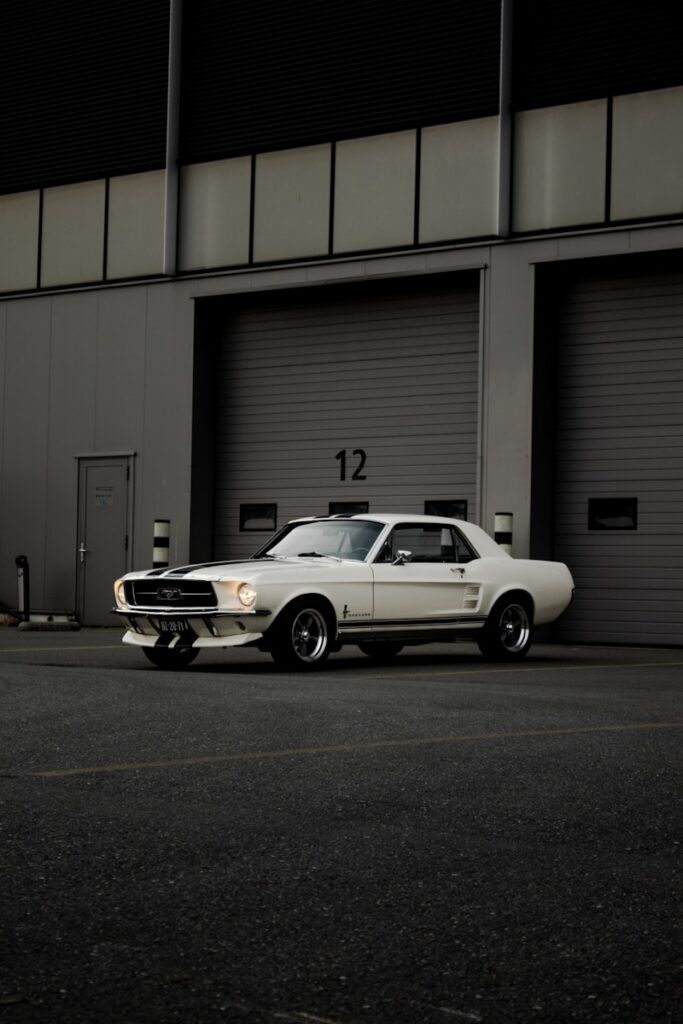
4. **Skipping Research**Skipping thorough research is a critical mistake that can lead directly to costly errors and deeply disappointing results in any classic car restoration. This neglect of preliminary investigation can derail a project before it even truly begins, forcing expensive corrections and compromising the authenticity of the final product.
Restoring a classic car demands a deep and nuanced understanding of the specific model in question. This isn’t just about general automotive knowledge; it requires an intimate familiarity with its original specifications, common inherent issues or vulnerabilities, and the most reliable sources for replacement parts. Without this foundational knowledge, every decision becomes a gamble, and every step carries the risk of being incorrect.
The consequences of insufficient research are varied and often financially impactful. You might inadvertently install incorrect parts that don’t fit properly or function as intended, necessitating rework and additional purchases. Crucial details unique to your vehicle’s make, model, or year could be missed, compromising historical accuracy. Moreover, you could overlook invaluable tips and tricks from experienced enthusiasts or specialized forums that could significantly simplify the restoration process and save considerable time and money.
Diligent research empowers you to make informed decisions at every turn, ensuring that the restoration is both accurate and true to the car’s heritage. This involves utilizing a broad array of resources: poring over automotive literature, engaging with online forums dedicated to your specific model, and actively seeking expert advice from seasoned professionals or long-time owners. This collective knowledge is an invaluable asset that guides your choices.
By meticulously avoiding the mistake of skipping research, you not only maintain the vehicle’s authenticity and historical integrity but also significantly increase its value upon completion. An accurately restored classic, true to its original form and specifications, commands greater respect and a higher price among purists and collectors, making research an investment that truly pays off.
Read more about: Navigate the Auto Auction Minefield: Essential Mistakes to Avoid for Savvy Car Buyers and First-Timers Alike

5. **Not Seeking Expert Advice / Doing It All Yourself When You Shouldn’t**Attempting to tackle every aspect of a classic car restoration solely by oneself, particularly when lacking the requisite experience, is a mistake that frequently leads to avoidable errors, escalating costs, and immense frustration. While the DIY spirit is admirable, recognizing one’s limitations and knowing when to call in the professionals is a hallmark of a smart restorer.
Classic car restoration encompasses a vast array of highly specialized skills, ranging from intricate bodywork and precision paint application to complex engine rebuilding, delicate wiring, and nuanced engine tuning. Even the most seasoned and capable restorers acknowledge the benefits of seeking expert input for certain tasks. No single individual can be a master of every single discipline involved in a full restoration.
The financial implications of trying to “do it all yourself” when you shouldn’t are substantial. Many enthusiasts find themselves sinking considerable time and money into specialized tasks, only to achieve subpar results that ultimately require professional correction. As noted by Lost in Time Restorations, they “often step in to correct costly DIY errors that could have been avoided with the right support,” highlighting the false economy of struggling through tasks beyond one’s skill set.
The fix is simple yet powerful: know your limits. There is absolutely no shame in outsourcing key, complex, or highly specialized parts of the build to qualified professionals. Consulting with specialists, or even simply joining a community of experienced enthusiasts, can provide a wealth of valuable insights, access to specialized resources, and crucial support that prevents costly missteps.
By consciously avoiding this mistake and embracing collaboration, you tap into a vast reservoir of knowledge and expertise. This approach not only makes the restoration process significantly more efficient but also ensures a higher-quality, more authentic, and ultimately more valuable result. Investing in expert help for critical stages is an investment in the overall success and financial integrity of your beloved classic.
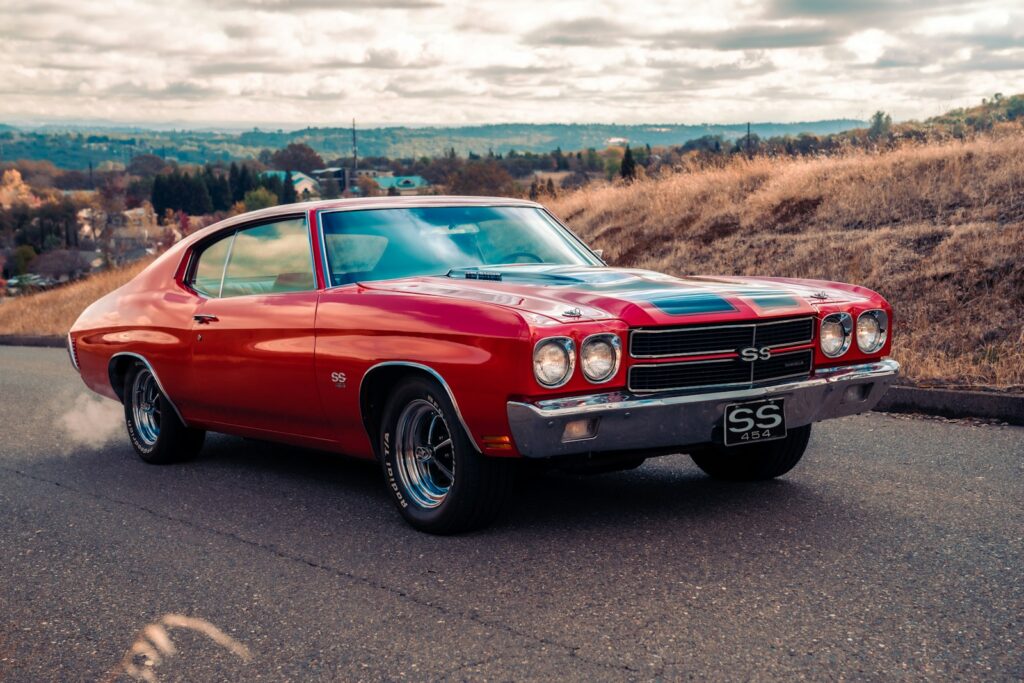
6. **Ignoring Rust and Corrosion / Skipping Inspection and Assessment**Ignoring rust and corrosion, or skipping a thorough initial inspection, is a major oversight that can fundamentally undermine the entire restoration effort, leading to devastating financial consequences. Rust is rarely just a cosmetic issue; it is a cancerous problem that aggressively spreads and can severely weaken the structural integrity of the vehicle if not addressed comprehensively and early.
Before even turning a wrench, conducting a comprehensive inspection and assessment of your classic car is paramount. Skipping this critical step is an open invitation to unwelcome surprises down the road. Neglecting to meticulously identify existing issues, hidden problems, and areas requiring immediate attention can result in staggering and costly setbacks. Imagine discovering extensive hidden rust in structural components or unseen engine damage months into the project – these significantly impact your budget and timeline.
The financial impact of ignoring rust is profound. What might appear as a small patch can quickly metastasize into widespread damage, necessitating costly repairs later on, including the replacement of entire panels or even significant portions of the chassis. This neglect not only inflates expenses but also dramatically diminishes the value and safety of the car, making it a liability rather than an asset.
The correct approach is proactive and uncompromising. A thorough inspection must include identifying and treating all forms of rust, which often means cutting out affected panels and welding in new metal. As the advice goes, “Cut it out. Weld it in. Do it right the first time — or it will come back to haunt you, especially under paint or in structural areas like floor pans or rocker panels.”
By tackling rust and corrosion early, with a meticulous and comprehensive approach, you effectively protect your investment and lay the groundwork for a truly long-lasting restoration. This foundational work ensures the car’s structural soundness, preserves its authenticity, and prevents future, far more expensive rectifications, safeguarding both its integrity and your financial peace of mind.
Read more about: The 13 Worst Used Car Inspection Beliefs Mechanics Wish You’d Ditch Immediately

7. **Cutting Corners on Quality**Cutting corners in any phase of a classic car restoration is a treacherous path that invariably leads to significant issues down the line. These shortcuts, often taken in a misguided attempt to save time or money, ultimately compromise both the vehicle’s safety and its overall value. The temptation can be strong, especially when a project feels overwhelming or budgets tighten, but the repercussions are almost always negative.
This mistake manifests in various forms: using subpar materials that don’t match original specifications or lack durability, skipping crucial steps in the repair or preparation process, or opting for cheaper, non-original reproduction parts that may not fit correctly or perform reliably. These compromises inevitably result in a finished product that falls conspicuously short of the mark, failing to meet quality or authenticity standards.
The financial trap of cutting corners is particularly insidious. While the initial savings might seem appealing, they are often illusory. Cheap parts frequently don’t fit right, wear out quickly, or simply look out of place, leading to repeated repairs or the need for expensive replacements. The phrase “The temptation to save time or money by cutting corners can be strong… but it usually backfires, requiring rework or diminishing the vehicle’s integrity and authenticity” perfectly encapsulates this reality.
To avoid this costly cycle, always prioritize quality over perceived cost-saving measures. It is essential to stick with reputable restoration brands or Original Equipment (OE) suppliers, even if their components come with a higher upfront price tag. These suppliers ensure the longevity, reliability, and historical accuracy of your restoration, which is critical for preserving value.
Spending a little more upfront on high-quality components, proper materials, and meticulous workmanship will save you a considerable amount of frustration, rework expenses, and potential safety hazards in the long run. By committing to quality from the very beginning, you ensure a restoration that you can truly take pride in, knowing it was done right, thereby enhancing its appeal and preserving its investment value.
The journey of classic car restoration is a testament to passion, but it’s also a financial tightrope walk. After navigating the initial pitfalls, the mid-to-late stages of a project present a fresh set of challenges, often disguised as minor details or seemingly savvy shortcuts. Avoiding these subsequent financial mistakes is paramount to maintaining momentum, ensuring lasting quality, and ultimately preserving the investment value of your cherished muscle car. Let’s delve into seven more critical errors to steer clear of, ensuring your restoration journey culminates in success, not regret.
Read more about: Diesel Durability Unveiled: 10 Engines That Redefine Longevity — And Those That Don’t
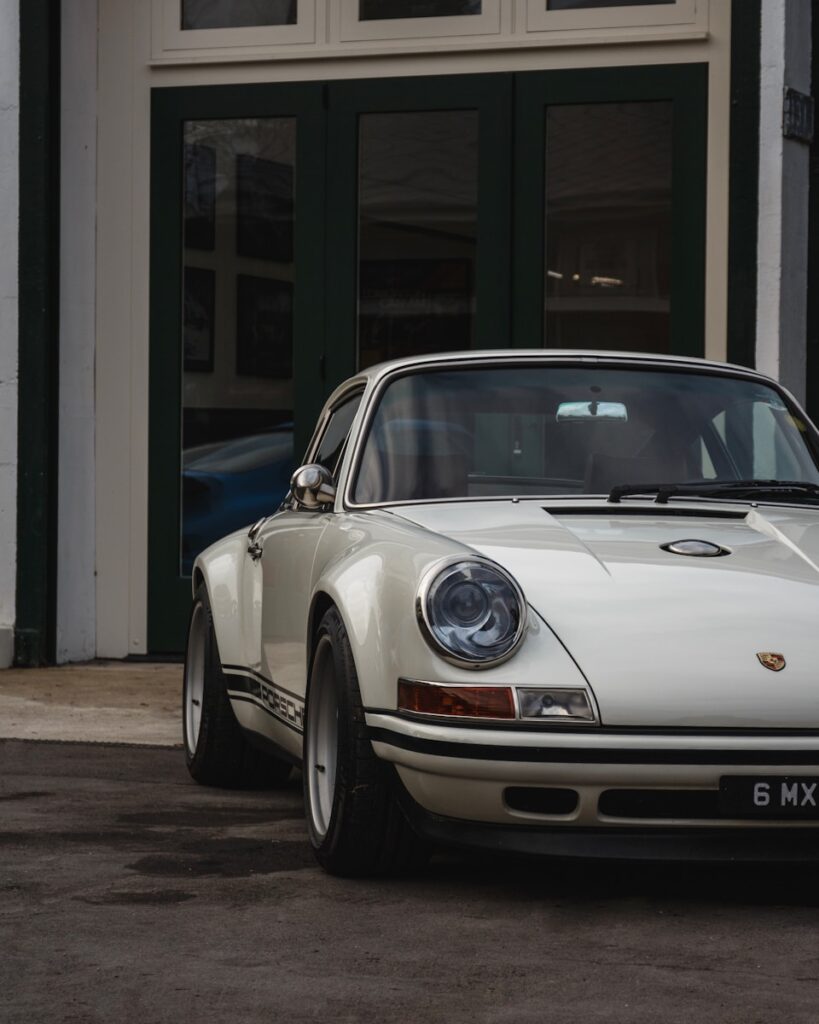
8. **Over-Restoring**It’s a common misconception that more is always better in classic car restoration. Pushing a restoration beyond its original specifications—often called “over-restoring”—can paradoxically diminish its value. This involves adding modern touches or applying finishes that weren’t part of the car’s factory design, aiming for a showroom perfection that wasn’t historically accurate.
The financial repercussion of over-restoring is significant: it alienates purists and serious collectors. These discerning buyers value historical authenticity, and modifications that stray from the original design can be seen as flaws. What might seem like an upgrade to one individual can be a detraction of historical integrity and a devaluation to another, narrowing the potential market for your restored vehicle.
To avoid this pitfall, meticulously research your specific model’s original specifications. Understanding the exact finishes, materials, and features of your car as it left the factory is crucial. The goal should be to restore it true to its original state, making necessary repairs and updates, but always preserving its historical accuracy rather than imposing modern ideals of perfection.
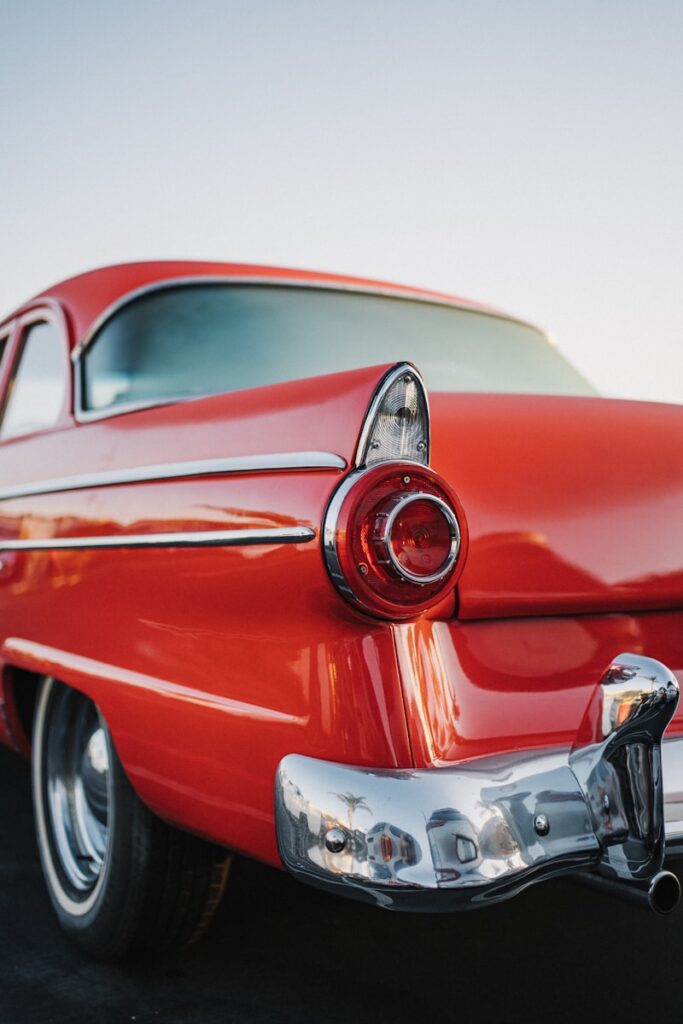
9. **Overlooking Safety Upgrades**In the pursuit of historical accuracy, some restorers inadvertently overlook crucial safety upgrades. While preserving originality is a noble goal, modern safety standards have evolved dramatically since most classic muscle cars were built. Neglecting vital safety enhancements can render your beautifully restored vehicle less usable, and more importantly, less safe to drive on contemporary roads.
This oversight isn’t just a matter of convenience; it carries significant financial and personal risks. Driving an un-upgraded classic without features like modern seat belts, improved braking systems, or enhanced lighting can lead to accidents. The costs associated with such incidents, from vehicle damage to personal injury, far outweigh the expense of proactive safety modifications. Furthermore, a car perceived as unsafe will have limited appeal and value.
The practical solution involves a careful balance: integrate modern safety features without sacrificing the car’s classic aesthetic. Assess and upgrade components such as brake systems, install three-point seat belts, enhance headlights for better visibility, and ensure all electrical systems are robust. These upgrades significantly improve the car’s usability and reduce risks without overtly altering its vintage charm.
Read more about: Vehicle Emissions Testing: A Comprehensive Consumer Guide to Understanding and Navigating Smog Checks
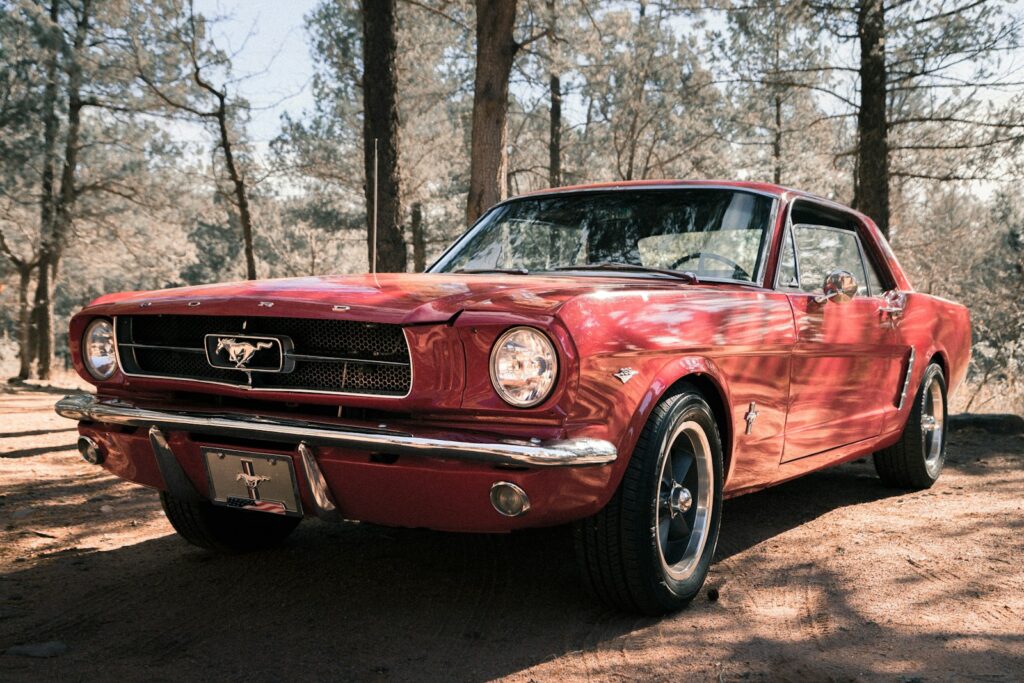
10. **Incorrect Assembly**After countless hours spent on bodywork, paint, and engine rebuilding, the assembly phase can feel like a race to the finish line. However, rushing or performing incorrect assembly is a common mistake that can lead to catastrophic mechanical failures and exorbitant additional costs. Classic muscle cars are intricate machines; their parts must fit together with precision, and ignoring this can unravel all previous efforts.
The repercussions of incorrect assembly are immediate and often severe. Misaligned components can cause premature wear, leaks can develop in vital systems, and incorrect torque settings can lead to parts loosening or even catastrophic engine failure. These issues cause costly downtime and erode confidence in the restoration’s quality, forcing significant rework and expense.
To circumvent this costly pitfall, meticulous attention to detail during assembly is non-negotiable. Carefully follow original factory specifications, refer to service manuals, and employ proper torque settings for every fastener. Taking the time to double-check every connection, hose, and wire ensures everything is in its correct place and functioning as intended, protecting your investment.
Read more about: Avoid Costly Campsite Catastrophes: Critical Rooftop Tent Mistakes to Sidestep for Smarter Adventures

11. **Neglecting Detailing**Many restorers pour their heart and soul into major components – the engine, paint, bodywork – only to falter when it comes to the final, crucial stage: detailing. Neglecting these seemingly small finishing touches is a significant mistake that can diminish the overall appearance, authenticity, and ultimately, the value of your impeccably restored classic muscle car.
This oversight can manifest in various ways, from unpolished chrome and faded trim to mismatched interior finishes or missing emblems. While these might appear as minor flaws individually, collectively they create an impression of incompleteness or a lack of thoroughness. A car mechanically perfect but cosmetically lacking the final finesse will struggle to achieve its full potential in terms of collector appeal and market value.
To truly elevate your restoration, attention to detailing must be prioritized. This involves carefully restoring or replacing every piece of trim, every emblem, and ensuring all interior finishes are brought back to their original glory. Proper paint finishes, authentic interior materials, and immaculate chrome work are the elements that transform a good restoration into an exceptional one, reinforcing its authenticity and maximizing its value.
Read more about: Your Empowerment Guide: Navigating Simple Estate Planning Without a Lawyer to Secure Your Future
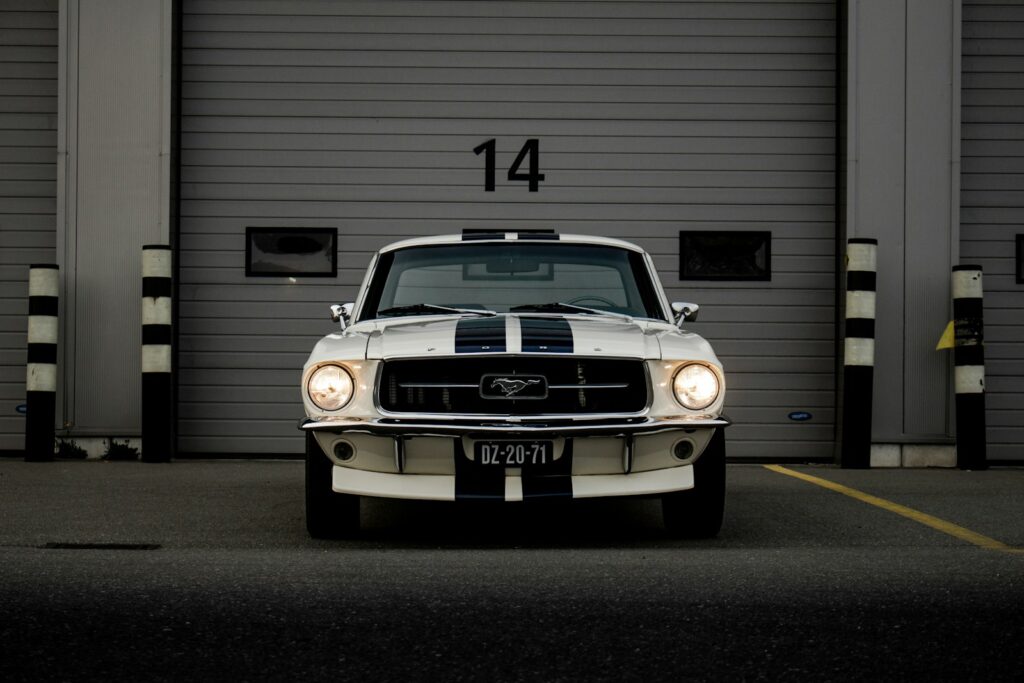
12. **Lack of Patience / Rushing**Classic car restoration is a marathon, not a sprint, and a prevalent, financially detrimental mistake is the lack of patience, leading to rushed decisions and compromised workmanship. The desire to see the finished product can be overwhelming, but hurrying through any stage leads to avoidable errors that cost more time and money to rectify later.
Impatience manifests in various forms: skipping crucial preparation steps, overlooking important details, or using quick-fix solutions instead of proper repairs. As the advice warns, “The temptation to save time or money by cutting corners can be strong… but it usually backfires, requiring rework or diminishing the vehicle’s integrity and authenticity.” These shortcuts inevitably result in subpar quality, forcing costly rework.
To cultivate patience, break the project into smaller, manageable goals. Celebrate each milestone to maintain motivation and sense of progress without rushing. Embracing the journey itself, rather than solely focusing on the destination, transforms the experience into an enjoyable one, ensuring every step is executed with precision and care, preserving authenticity and maximizing long-term value.
Read more about: Beyond the Hype: Unpacking 15 Infamous Rides That Earned a ‘Jerk Car’ Reputation Among Enthusiasts
As we’ve explored the diverse array of financial pitfalls in classic muscle car restoration, from the initial budget miscalculations to the final finishing touches, one truth emerges: knowledge is power. The journey of bringing a vintage machine back to life is undoubtedly challenging, but it’s also profoundly rewarding. By learning from these common mistakes, embracing meticulous planning, and prioritizing quality and authenticity, you’re not just restoring a car; you’re preserving history and creating a legacy. With these insights, you’re well-equipped to navigate the complexities of restoration, transforming potential setbacks into stepping stones towards a magnificent, road-ready classic that will continue to thrill for generations to come. Your dream car awaits, and with smart decisions, it’s a dream well within reach.


